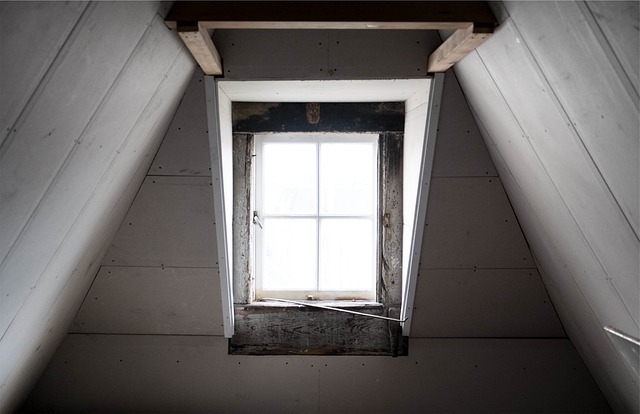Mythbusters: Old Homes Can’t Be Made Energy Efficient

Article Found on Mitsubishi Blog
Myth: Old Homes Can’t Be Made Energy Efficient
The Truth:
Old homes are often known for their charm, character or historical influence. One thing they aren’t known for? Being energy efficient. That’s because we didn’t have the same knowledge of building science. We didn’t understand how tight building envelopes positively impact energy efficiency and utility savings as we do today. And frankly, we didn’t have the same level of interest in energy efficiency, either. In recent decades, energy costs have increased significantly due to greater stress on the grid, the global population boom and growing concern for environment.
Today’s energy-conscious homeowners have spurred a trend of efficient home building. But this doesn’t mean all hope is lost if your home is on the older side.
There are a number of ways to transform the efficiency of an older home. Some of these projects are minimally invasive and done in a day’s work! Others may be more disruptive and/or costly but will pay off in the long run in the form of lower energy bills. If you’re considering selling, efficiency improvements might pay off with increased valuation of your home!
Our main recommendation: replace old furnaces or fossil-fuel burning systems with a high-performance heat pump system. If your home was built prior to the 1960s, you’re likely using an inefficient, fossil-fuel-burning furnace.
Modern electric systems, like Mitsubishi Electric Zoned Comfort Solutions®, use variable-speed compressors that seamlessly adjust to meet temperature set points and use only the precise amount of energy necessary to heat and cool a space. Additionally, zoning allows you to divide your home into individually-controlled spaces and adjust conditioning based on occupancy. If the kids are away at college or the office is only used on one work-from-home day a month, there’s no need to keep these spaces constantly heated or cooled.
Upgrading your mechanical system is one way to see a significant difference on your energy bills, but there are many other things you can do to keep increasing your home’s energy efficiency. Here are a few.
- Seal leaky walls and upgrade insulation. The most efficient homes on today’s market owe a lot of credit to their insulation. The hottest and coldest times of year can put strain on even the best-performing HVAC systems, but a well-insulated home can offset some of the pressure to perform by helping regulate your home’s interior temperatures.
- Think about your landscaping. If your entire home sits in direct sunlight, your HVAC system has to work harder to cool it during the summer. Planting shade trees or shrubbery in front of windows can help block solar heat gain, offsetting the energy use of your mechanical systems.
- Upgrade your windows. Old and leaky windows can allow drafts into your home, pushing your HVAC system to work harder. Single-glazed windows also do a poor job of blocking solar rays to decrease solar heat gain. Replacing them with ENERGY STAR®-qualified windows can help maximize efficiency.
- Replace your lightbulbs. Replacing incandescent lightbulbs with ENERGY STAR-approved, efficient bulbs can make a big difference. The U.S. Department of Energy reports how replacing bulbs in just five of your most-used light fixtures can save the average homeowner $45 each year.
Whether you’re taking small steps or diving into an HVAC system replacement, any effort to improve your home’s efficiency is a good one. Your wallet will thank you.

